BE52A Intelligent Panel ICU Patient Bed
An ICU patient bed is a specialized medical bed designed specifically for use in Intensive Care Units, where patients require close monitoring and frequent medical interventions. These beds are engineered to support critical care needs, featuring advanced functionality that includes adjustable bed positions (such as Trendelenburg, reverse Trendelenburg, and various incline angles) to aid in patient respiratory function, circulation, and comfort. Equipped with robust safety features like side rails and emergency CPR functions, ICU beds also incorporate technology to monitor and adjust settings easily, such as integrated control panels accessible from both the patient and caregiver sides. The beds are typically mounted on lockable casters for easy and safe maneuverability within the hospital environment. These features collectively make ICU patient beds essential tools in managing the complex care requirements of critically ill patients.
Technical Parameter:
| External Length | 2240mm |
| External Width | 1050mm |
| Bed Height Min | 500mm |
| Bed Height Max | 750mm |
| Mattress Platform | 1940*900mm |
| Safe Working Load | 250kg |
| Back-rest | 65°±10° |
| Knee-rest | 40°±10° |
| Trendelenburg | 12°±3° |
| Reverse Trendelenburg | 12°±3° |
Technical Configuration:
| Linear Motor | 4pcs |
| 6” Double-Side Caster | 4pcs |
| PP Bed End | 1set |
| PP Foldable Side Rail | 1set |
| Control Panel | 5pcs |
| IV Pole | 1pc |
| IV Pole Prevision | 4pcs |
| Drainage hook | 2pcs |
| Angle Indicator | 4pcs |
| Back-up Battery | 1pc |
| Electric CPR |
Optional:
- Night Light
- Monkey Pole
- X-ray Translucent Back Section
- Hand Controller
- Bed Extension
- Manual CPR
- Weighing System
Product Introduction:
Technology
The ICU patient bed showcases advanced engineering designed to improve patient care and comfort. Made with a steel structure, it uses precision cutting and seamless welding for durability and hygiene. The steel frame ensures stability and strength, essential in hospitals. The bed’s 360° rotation capability offers flexible positioning, making it easier for caregivers to adjust the bed as needed. This adaptability is vital in the ICU, where proper patient positioning can directly influence medical outcomes. Moreover, the design allows for easy access during critical procedures, contributing to efficient patient care.
Safety Standard
ICU patient beds meet high safety standards, ensuring their reliability in critical environments. These beds comply with ISO 13485:2016 and ISO 9001:2015, ensuring consistent quality and safety in design and production. Additionally, they come with CE certification, proving their adherence to EU safety and environmental regulations. In the U.S., FDA certification is crucial, ensuring these beds meet strict medical device standards. Together, these certifications emphasize the commitment to patient safety and device reliability, making ICU beds trustworthy in intensive care settings worldwide.
Platform
The platform of the ICU patient bed prioritizes patient comfort and safety. It features adjustable panels at key points like the knee and abdomen, helping to reduce pressure during use. This customization prevents pressure ulcers, a common issue in bedridden patients. Moreover, the platform includes ventilation holes, promoting air circulation for skin health. This also aids in waterproofing, ensuring a clean and hygienic environment. These innovations make the ICU bed a well-engineered solution, providing critical support to patients during their stay in intensive care.
PP Bed End
The ICU bed has a polypropylene (PP) bed end, made using integral blow molding for strength and seamless design. This material resists chemicals and is easy to clean, making it ideal for hospital use. The PP bed ends are also detachable, allowing quick adjustments during emergencies. This feature is especially important in ICU settings, where rapid bed configuration changes might be necessary. Overall, the design supports both patient care and the efficiency of medical procedures, demonstrating thoughtful engineering for critical environments.
PP Side Rail
The ICU bed’s PP side rails enhance patient safety and ease of use. Made from polypropylene, the rails feature a four-piece damping lift mechanism, offering lightweight but sturdy protection. Each rail includes an angle display, ensuring accurate adjustments for patient comfort. When lowered, the rails retract smoothly under the bed, allowing easy movement between beds and carts. This feature simplifies patient transfers and highlights the bed’s practical design in critical care situations. Together, these elements demonstrate a commitment to operational efficiency and patient safety.
Trendelenburg/Reverse Trendelenburg
The ICU bed comes with Trendelenburg and Reverse Trendelenburg functions, essential for medical procedures. These positions tilt the bed at up to 12°±3°, catering to specific clinical needs. Trendelenburg elevates the feet above the head, improving venous return and aiding respiration. Reverse Trendelenburg lifts the head, benefiting patients with certain conditions like GERD. These adjustable positions are crucial for optimizing patient outcomes, making the bed versatile for a variety of medical scenarios.
Back Section Adjustment
The back-rest of the ICU patient bed can lift to 65°±10°, offering flexibility for various needs. This adjustability aids in respiration and circulation, making activities like eating more comfortable. It also supports procedures like x-rays or surgeries performed directly in the ICU. Adjusting the back-rest can prevent pressure ulcers by changing patient positions regularly. This feature enhances both comfort and medical care, showing the thoughtful design of the ICU bed.
Leg Section Adjustment
The ICU bed’s knee-rest adjusts up to 40°±10°, providing essential support for patients. This feature promotes circulation and prevents deep vein thrombosis, especially for long-term bedridden patients. Adjusting the knee-rest can relieve lower back pressure and aid recovery after surgery. The knee-rest also helps during routine care activities like linen changes. This adjustability adds to patient comfort, underscoring the bed’s focus on supporting comprehensive care.
Whole Bed Height Adjustment
Height adjustment is key for ICU patient beds, enhancing both patient and caregiver comfort. The bed adjusts from 500mm to 750mm, allowing easy patient transfers and safer medical procedures. For medical staff, this prevents strain by allowing them to maintain good posture. For patients, a lower bed reduces fall risk, while a higher bed helps during medical checks. The height flexibility contributes to safer, more efficient patient care in ICU environments.
Caster with Electric Brake
The ICU bed’s caster system improves both mobility and stability. The bed moves smoothly in all directions, essential in tight hospital spaces. Its central locking system is controlled electronically, making it easy for caregivers to engage the brakes. This ensures the bed remains stable during critical procedures. The combination of mobility and reliable braking makes the ICU bed an essential tool in intensive care units, where stability and flexibility are key.
Angle Indicator
Each side rail of the ICU bed includes angle indicators for precise bed adjustments. These indicators help medical staff ensure the correct positioning for various conditions, such as respiratory issues or post-surgical recovery. In the fast-paced ICU environment, quick adjustments are often necessary. The easy-to-read angle indicators enable efficient positioning without disrupting the patient. This design element supports both patient recovery and staff efficiency.
IV Pole & IV Pole Prevision
The ICU bed includes a durable stainless steel IV pole with predrilled holes for flexible placement. The IV pole supports multiple bags, essential for patients receiving various medications or fluids. This feature ensures that essential treatments are easily accessible, improving care delivery. The inclusion of the IV pole highlights the ICU bed’s practical design, aimed at streamlining patient care and meeting medical needs efficiently.
Control Panel
The ICU bed’s control panel features touch-sensitive switches on the inner and outer sides of the bed, providing convenient access for both patients and medical staff. The inner control allows patients to adjust the bed independently, promoting comfort. The outer control is for caregivers to adjust the bed without disrupting the patient. A lock feature ensures safety by preventing accidental changes. This well-placed control system balances patient autonomy with medical efficiency.
Back-up Battery
The ICU bed includes a built-in backup battery, ensuring continuous operation during power outages. This backup keeps essential functions, like bed adjustments, active even if the main power fails. This feature is crucial in emergency situations, where quick bed adjustments are necessary. The battery ensures that patient care can continue smoothly, even in power disruptions, contributing to a safer ICU environment.
Electric CPR
The ICU bed’s electric CPR function allows rapid bed flattening at the touch of a button, crucial during cardiac emergencies. This feature saves time, allowing immediate resuscitation efforts without manual bed adjustments. The electric CPR function ensures the bed is ready for emergency procedures quickly, potentially saving lives. This thoughtful design element reflects the bed’s focus on meeting the urgent needs of intensive care settings.



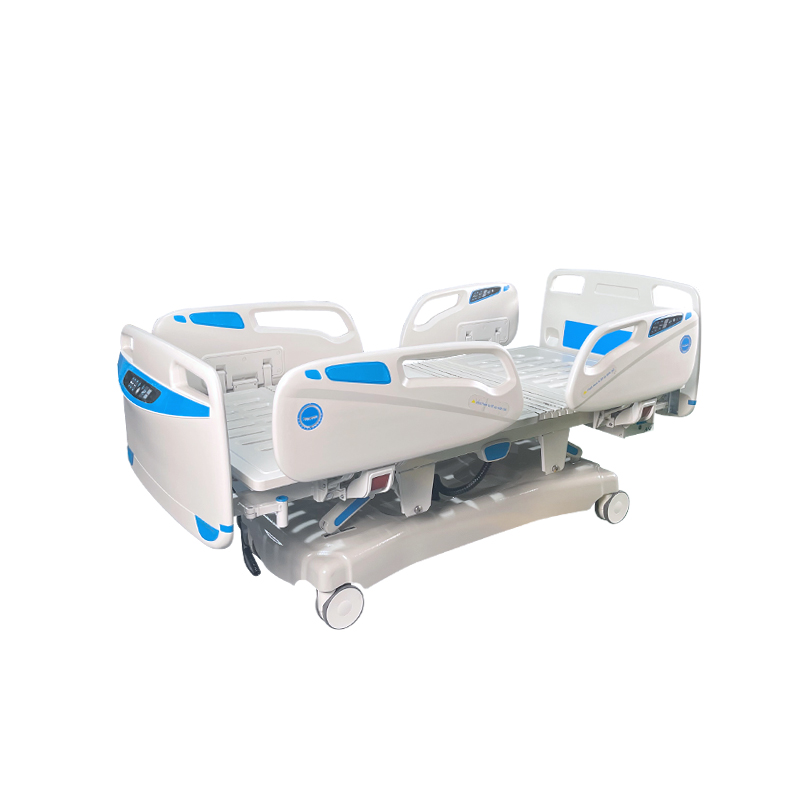

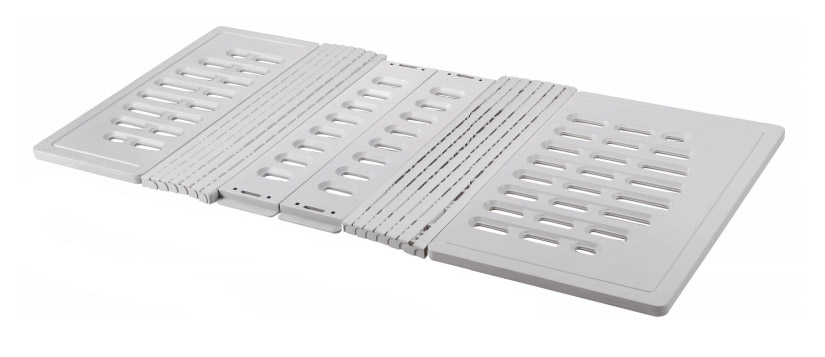
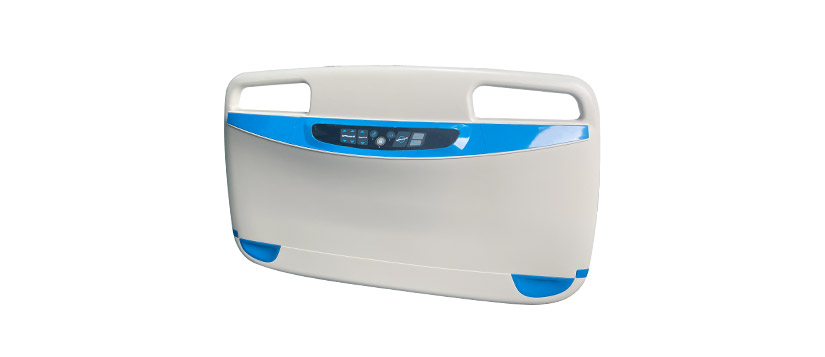
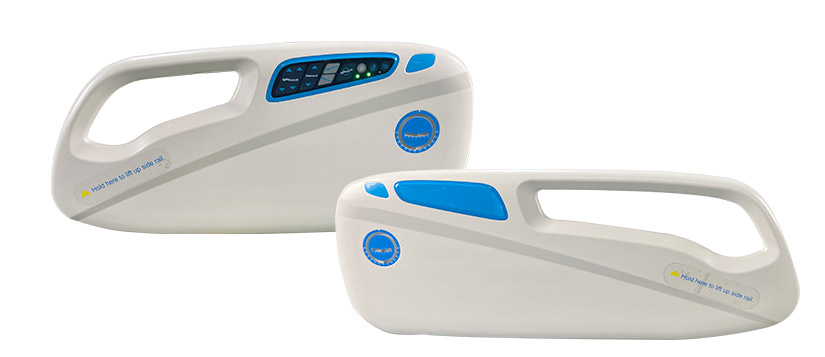
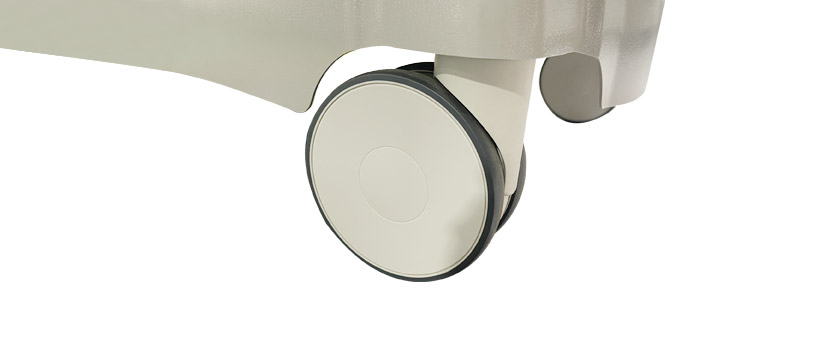
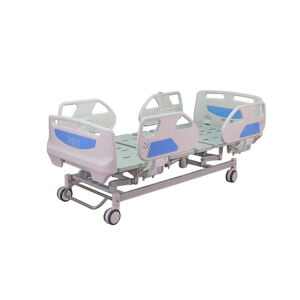
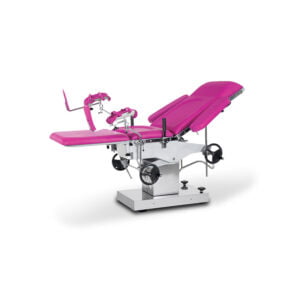
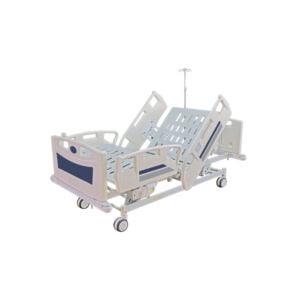
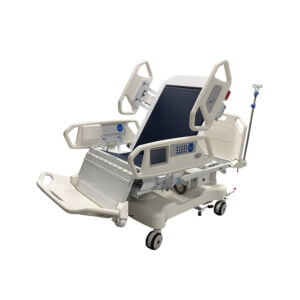

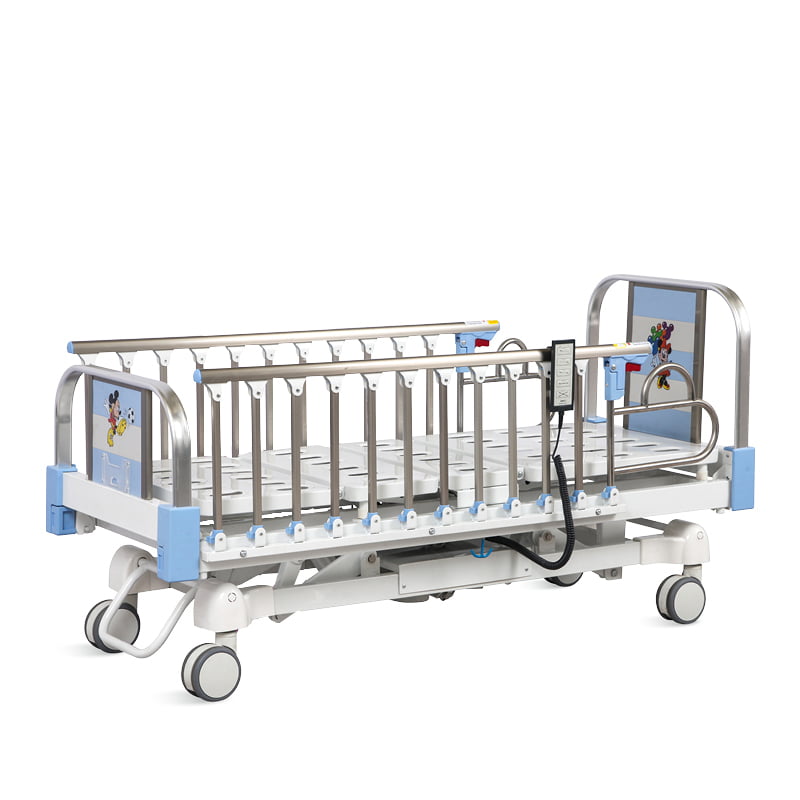
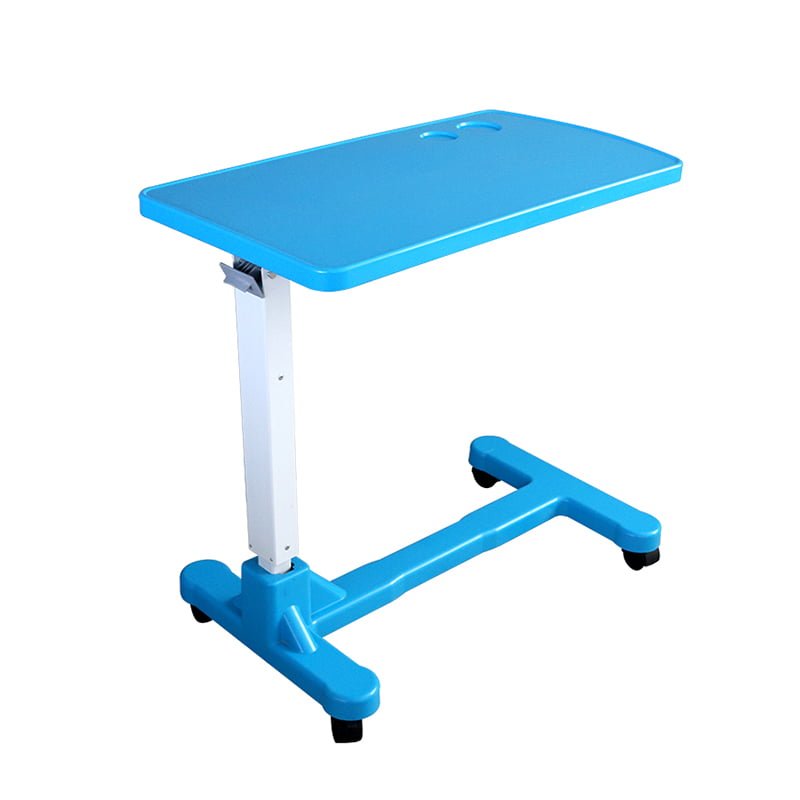
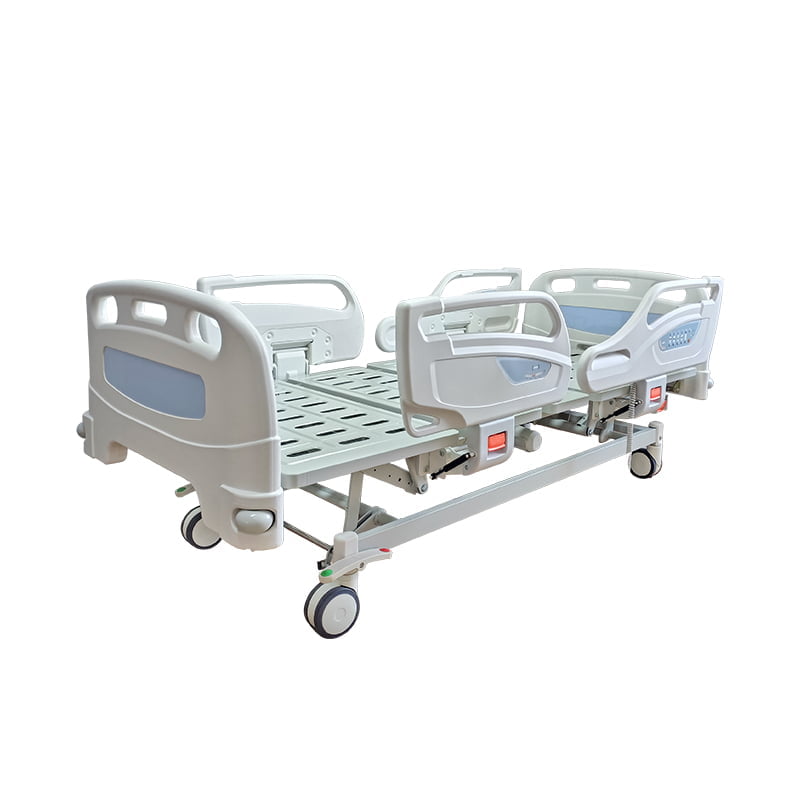
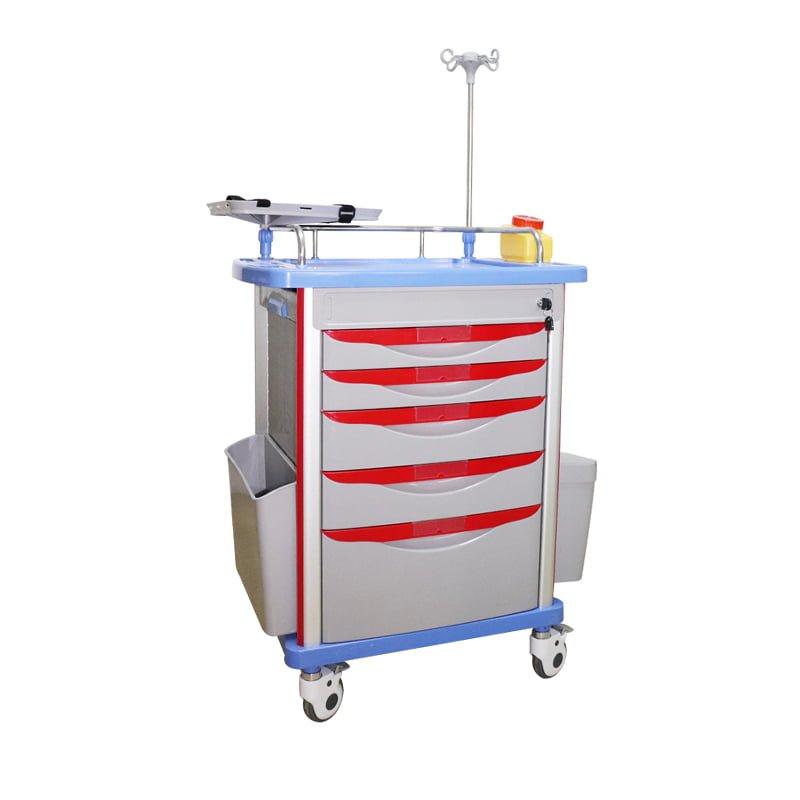
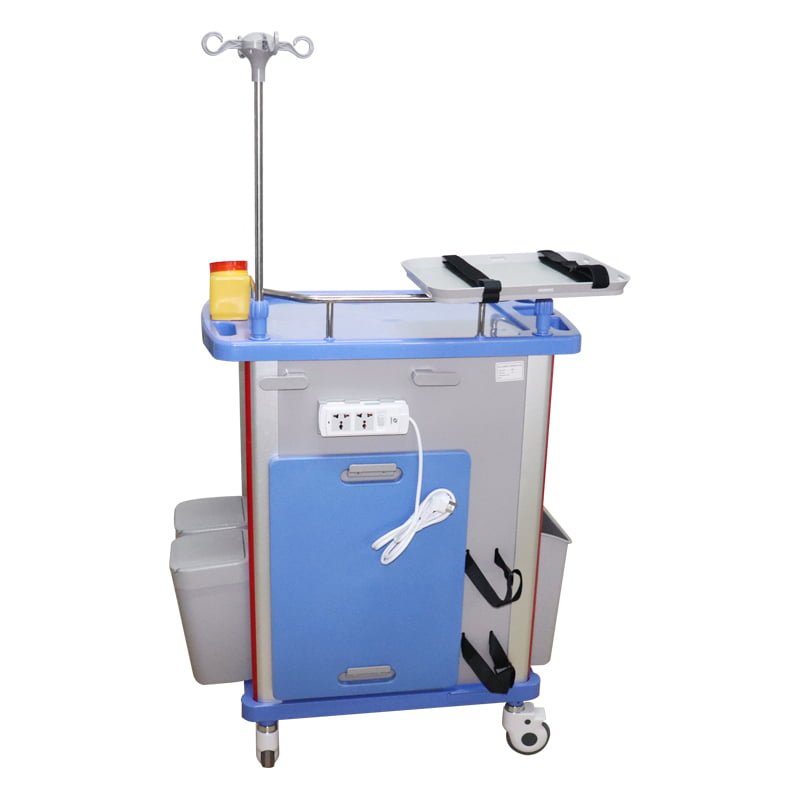
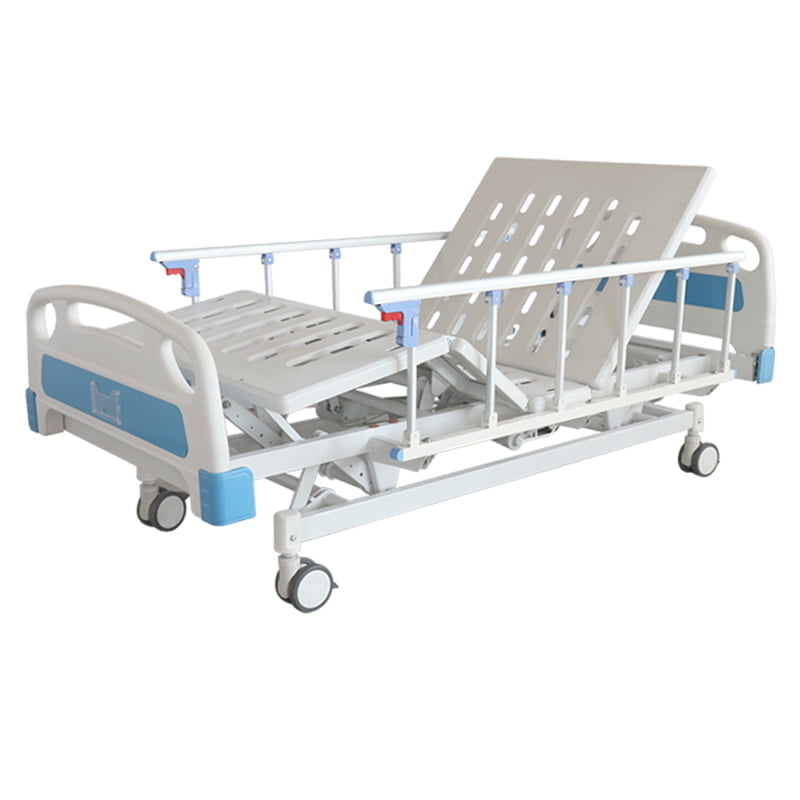
Reviews
There are no reviews yet.